When power outages strike in the middle of winter, the one thing that you need to ensure is that your central heating system runs properly. But if you are considering using a generator as a backup, the first question is what size generator to run central heating, or what size generator do I need to run the heating system at home?
A central heating system's power consumption varies based on the type of heating unit, which mainly relies on electricity for components like blower motors or circulation pumps. This means selecting the right generator size depends on your specific heating setup. For those looking for an energy-efficient and sustainable backup power source, Jackery is one of the top-rated brands, which provides solar generators for powering the essential electrical components of a heating system.
Key Takeaways
- A gas furnace or boiler requires a small portable generator, while an electric furnace or large heat pump needs a standby generator due to higher power consumption.
- Heating systems often require extra power at startup so always factor in surge wattage when choosing a generator.
- To avoid generator overload, always calculate your total power requirement, including other appliances, and add a 25% safety margin to ensure efficiency and longevity.
- To maximize backup power efficiency, turn off non-essential appliances and use zone heating to prevent generator overload.
- Jackery Solar Generator 5000 Plus can be expanded up to 60kWh, making it ideal for different HVAC systems.
How Many Watts Does a Central Heating System Use?
A central heating system's wattage depends mainly on its type. For instance, an electric furnace would require 10,000W to 50,000W. However, standard residential electric furnace units fall in the range of 20,000W. Similarly, gas furnaces do not rely on electricity for heating, but they require power for components, like the blower motor, control board, and ignition system; together, they may use up to 300W to 1,200W.
Just like gas furnaces, even gas or oil-filled boilers mainly rely on fuel, but their circulation pumps and control systems may use 100W to 800W, depending on the unit size. Furthermore, heat pumps may require 500W to 3,000W to operate.
How Many Starting & Running Watts Central Heating Use?
When you are wondering what size generator to run central heating, you must consider the starting and surge wattage. In the case of central heating, starting and running wattage is particularly important for electric furnaces as they consume enormous amounts of energy due to their resistance heating method. However, gas or oil central heating systems primarily use fuel to generate heat and subsequently lower surge wattage.
For instance, electric furnaces can draw anywhere between 10,000W to 50,000W, but the surge wattage would exceed 60,000W in some cases. That’s why it becomes impractical for smaller portable generators to power such a high electric furnace unless a large battery storage system is in place.
Here’s a simple table that helps you easily understand how many watts a central heating system uses:
|
Heating System |
Running Wattage |
Surge Wattage |
|
Electric Furnace |
10,000W - 50,000W |
12,000W - 60,000W |
|
Gas Furnace (Blower & Ignition) |
300W - 1,200W |
500W - 1,500W |
|
Boiler (Circulation Pump & Controls) |
100W - 800W |
250W - 1,500W |
|
Heat Pump |
500W - 3,000W |
1,500W - 4,500W |
|
Portable Electric Space Heater (1 unit) |
750W - 1,500W |
No surge wattage |
As you can see from the above table, you will need a high-capacity generator if you are using an electric furnace. However, gas furnaces, boilers, and heat pumps can operate with a much smaller generator.
How Much Energy is Needed to Run a Central Heating?
A typical central heating system will use somewhere between 2 - 5kWh, which depends on the size of the home and central heating’s overall efficiency. Moreover, the energy requirements can also vary significantly based on other factors like size, efficiency rating, climate, insulation, and type of heating system.
Here’s a breakdown of how much energy is needed to run a central heating system:
Energy Needed for Electric Furnaces
Electric furnaces use resistance coils to generate electricity. Since they rely only on electricity, they consume the most power among all central heating systems. On average, if an electric furnace consumes 50,000W or 50kW during operation and when we consider its surge wattage, it can exceed 60kW at startup. Assuming such an electric furnace runs for 5 hours a day, it may consume anywhere between 50kWh to 250kWh daily.
Energy Needed for Gas Furnace
Even though gas furnaces use natural gas or heating oil as their primary heat source, they still require electricity for blower motors, thermostats, and igniters. On average, a gas furnace central heating system would consume 300W to 1,200W (0.3kW - 1.2kW) during operation. When we add the surge wattage, it would be around 500W - 1,500W. Assuming that such a gas furnace runs for 5 hours a day, it would consume 1.5kWh to 6kWh per day.
Energy Needed for Boilers
Boilers heat water or steam and distribute it through radiators or underfloor heating systems. Such central heating systems typically run on gas, oil, or even electricity. Such heating systems consume around 100W to 800W for the circulation pump and controls. We can further add the surge wattage of 1,500W. Assuming that the central heating system that runs on boilers is used for 5 hours daily, it would consume around 0.5kWh to 4kWh daily.
Energy Needed for Heat Pumps
Heat pumps work on the mechanism of transferring the heat instead of generating it, making them more energy-efficient than traditional furnaces. In heat pumps, power consumption varies based on several factors, but most importantly, the outside weather plays a significant role.
Typically, heat pumps consume 500W to 3,000W (0.5kWh to 3kW) during operation. Similar to other central heating systems, its surge wattage would be around 1,000W to 6,000W. Now if a heat pump runs for 5 hours a day, then it would consume 5kWh to 30kWh.
As you can see, the energy consumption of both boiler and gas central heating systems is significantly lower than that of electric central heating systems.
Types of Generators Suitable for Central Heating
When you are choosing a generator for central heating, you need to ensure that you go ahead with the right type of generator to get uninterrupted operation during power outages. Moreover, if you travel a lot and want to maintain good backup power to run appliances, you may need to consider a portable generator.
Here are a few recommended generators that are suitable for central heating
Portable Generators: These generators are small, mobile power sources that are designed to supply temporary backup power during outages. Most portable generators run on gasoline or diesel and are typically rated between 1,000W to 12,000W.
Standby Generators: Unlike portable generators, standby generators are the ones that are permanently installed units in the house. They automatically kick in when a power outage is detected. These standby generators are often connected to a natural gas or propane supply and provide high power output that typically ranges from 7kW to 60kW, making them ideal for powering electric furnaces.
Inverter Generators: Inverter generators use advanced electronics to provide stable backup power for central heating systems. Since these generators are stable, it makes them ideal for sensitive electronic components of a furnace, like furnace control boards, thermostats, and circulation pumps.
Conventional Generators: Conventional generators are those that are often used in industrial applications and can even handle the high energy demands of electric furnaces and large HVAC systems.
What Size Generator to Run Central Heating?
Most people who plan to add an HVAC system to their house want to understand what size generator to run the central heating. Now, selecting the right generator size is also very critical as it ensures uninterrupted warmth during power outages. The wattage requirements will depend on the type of heating system, and you will also need to account for starting surge wattage, additional household load, and safety buffers.
Below is the step-by-step breakdown to help you answer "Can I run my central heating with a generator”:
Step 1: Find the Running Wattage
Every heating system has a running wattage, which refers to the continuous power it requires while operating. This is the baseline wattage that your generator must be able to supply at all times. If you have a gas furnace (1000W) and a portable space heater (1,500W), your total running wattage would be 2,500W.
Step 2: Determine the Surge Wattage
In order to effectively run, a central heating system would need to turn on motors, compressors, or other heating elements. For instance, if you have used a gas furnace that has a 1,000W running wattage and a 1,500W surge wattage, then you need to ensure that the generator can handle a power of at least 1,500W.
Step 3: Add a Safety Buffer
It is never recommended to run any generator at 100% capacity for long periods as it shortens its lifespan and even risks power failures. When you are learning about the size of the generator that is required to run central heating, you need to add a 25-30% safety buffer that even allows for slight variations in power demand.
For instance, if your total running wattage is 2,500W and surge wattage is 3,000W, then:
Minimum Generator Size = Running Wattage x 1.25 = 2,500W x 1.25 = 3,125W
So, you should choose a 3,500-watt generator to safely power your heating system.
Step 4: Account for Additional Load
In addition to your heating system, you may need to run other appliances during a power outage, like a refrigerator, well pump, television, LED lights, etc.
For instance, if your heating system requires 3,000W and you also need to run a refrigerator (600W running, 1,200W surge) and television (200W running, no surge), your total power requirement would be:
- Running Load: 3,800W
- After applying a safety buffer (×1.25), the required generator size would be
= 3,800W x 1.25 = 4,750W or close to 5kW generator for an overall efficiency.
So, if your heating system requires 3,800W, then the recommended generator size would be at least 5kW.
Best Jackery Solar Generators for Central Heating
When it comes to solar-powered generators, portable power stations, and solar panels, you can always rely on Jackery. Over the years, Jackery has sold more than 5 million units and has received multiple accolades for research and development in the field of solar backup systems.
Jackery Solar Generators offer a practical backup solution for central heating systems that require minimal electricity to operate. While an electric furnace may exceed the capacity of a portable power station, Jackery can efficiently run gas furnace blowers, control panels, heat pump compressors, and auxiliary heating solutions like heated blankets or small space heaters. A few of Jackery’s highly recommended solar generators for central heating are:
Jackery Solar Generator 5000 Plus
For homeowners relying on central heating systems, the Jackery Solar Generator 5000 Plus offers a powerful backup solution for solar-powered heaters during winter blackouts. With its high-capacity battery and expandable storage of 60kWh, it can efficiently power gas furnace blowers, heat pump compressors, circulation pumps, and essential control systems, ensuring warmth even when the grid is down. The Jackery Solar Generator 5000 Plus’ ability to handle multiple devices simultaneously makes it ideal for keeping critical heating components operational and additional winter essentials like heated blankets, space heaters, and lighting.
Appliance Working Hours
- Large Room Heater (1800W) = 2.3H
- Gas Furnace (600W) = 6.5H
- Boiler (500W) = 7.7H
- Heat Pump (1500W) = 2.7H
- Portable Electric Space Heater (1000W) = 4.0H

Customer Review
"With the Jackery 5000 Plus and Automatic Transfer Switch, we hadn't even noticed the power outage. Our lights, TV, and internet, all on circuits wired into the Smart Switch...continued running seamlessly." -- LibrulCA
Jackery Solar Generator 2000 Plus
The Jackery Solar Generator 2000 Plus provides a versatile backup for maintaining essential heating functions in homes and off-grid setups. Its high-capacity battery can run gas furnace ignition systems, blower fans, thermostats, and small space heaters, ensuring continuous warmth during power outages. Another important aspect of Jackery Solar Generator 2000 Plus is its portability, which makes it ideal for emergency preparedness, cabins, and RVs, providing reliable off-grid heating support without dependence on the traditional power grid.
Appliance Working Hours
- Large Room Heater (1800W) = 57 min
- Gas Furnace (600W) = 2.7H
- Boiler (500W) = 3.3H
- Heat Pump (1500W) = 1.1H
- Portable Electric Space Heater (1000W) = 1.6H

Customer Review
"I bought this new system for refrigerator backups for the shorter term for 2 refrigerators, so I don’t have to haul out the gas power generator." -- Wayne Ruben.
How Loud are Different Generators When Running Central Heating?
Every type of generator emits some sort of noise when it is operational. If you live in such a space where you need to maintain a noise level to avoid any issues, then you will need to learn different noise levels for different generator types. Here’s the estimated noise level of different generators, along with their best use cases:
|
Generator Type |
Noise Level (dB at 20 ft) |
Best Use Case for Central Heating |
|
Inverter Generator |
50 - 65 dB |
Ideal for small heat pumps due to quiet operation and stable power for blower fans. |
|
Standby Generator |
60 - 80 dB |
Offers high wattage but can be noisy. |
|
Jackery Solar Generator 5000 Plus |
Less than 30 dB |
Silent operation, eco-friendly, and ideal for different heating components. |
What Size Generator to Run Central Heating FAQs
Can I Run My Central Heating With a Generator?
Yes, you can run your central heating system with a generator. If you have a gas furnace or boiler, a small portable generator (3,000W - 5,000W) is sufficient to power the blower motor and circulation pump. However, if you have an electric furnace or heat pump, you will need a much larger generator due to their high energy consumption.
What Size Generator Do I Need to Run My Furnace?
Gas and oil furnaces primarily use electricity, so a 3,500-watt - 5,000-watt generator is ideal, while an electric furnace requires at least 20,000W (20kW) or more to run. An electric furnace relies entirely on electricity for heating and can consume anywhere between 10,000W to 50,000W, with surge wattage exceeding 60,000W.
What Size Generator Should I Run a Space Heater?
To run a single-space heater, you need a generator rated at 2,000W - 3,000W, depending on how many heaters you plan to use. Most electric space heaters consume 1,500W each, so a 2,500-watt generator can comfortably power one space heater along with small devices like lights or portable refrigerators.
How Many Watts Does a Generator Need to Run a Heat Pump?
A generator needs at least 5,000W to 8,000W for a small heat pump, but you may require a 10,000-watt - 15,000-watt generator for larger heat pumps. While a portable generator can run smaller heat pumps, a generator with 20kW or more is ideal for the continuous operation of larger heat pumps.
What Size Generator Is Needed to Run Central AC?
A 2-ton central AC requires around 6,000W - 8,000W running wattage, with a startup surge of 10,000W - 12,000W, meaning a 10,000W (10kW) generator is the minimum required. A 3-ton AC unit consumes around 10,000W running power, requiring a 15,000W generator.
Conclusion
Determining what size generator to run central heating is crucial for ensuring uninterrupted warmth during power outages. The right generator size depends on your heating system type. Gas furnaces and boilers require minimal electricity and can run efficiently on a 3,500W - 5,000W portable generator, whereas electric furnaces and large heat pumps demand significantly more power. For those considering solar-powered backup solutions, Jackery Solar Generators offer a quiet and eco-friendly way to power essential central heating components like thermostats, furnace control boards, and boiler circulation pumps.
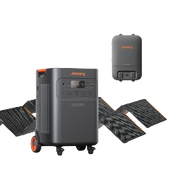
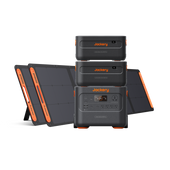
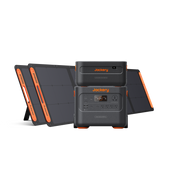
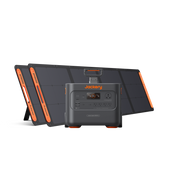

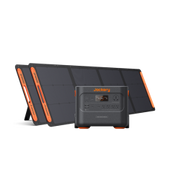
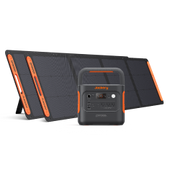

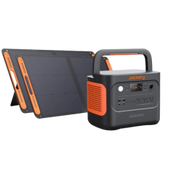
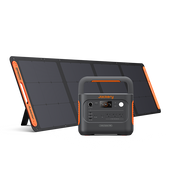
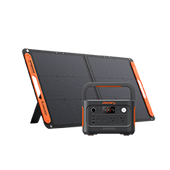

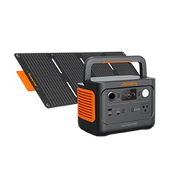

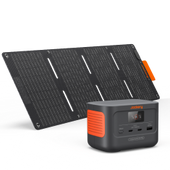
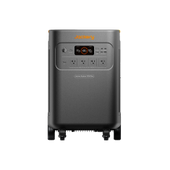

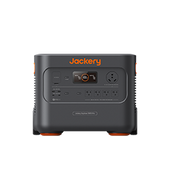
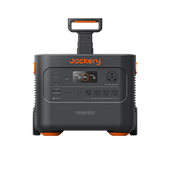
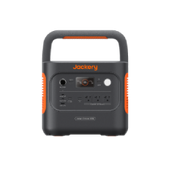
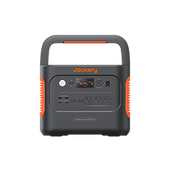

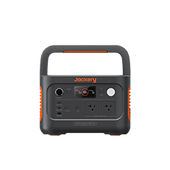
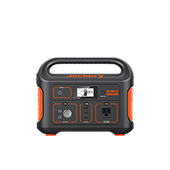
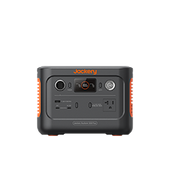

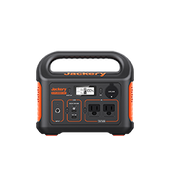
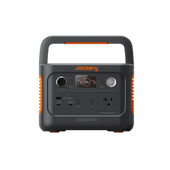
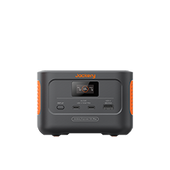



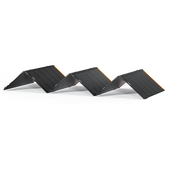
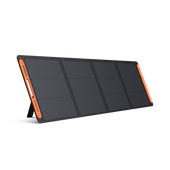
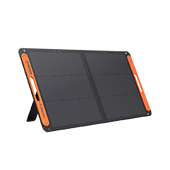
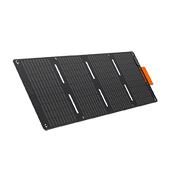
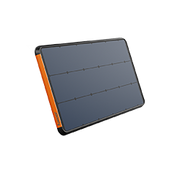
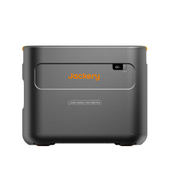
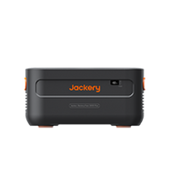


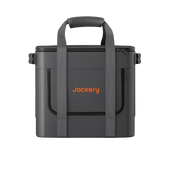
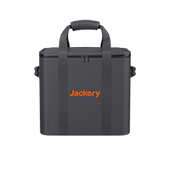
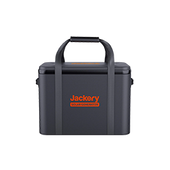

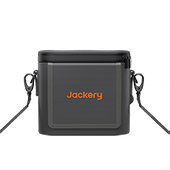
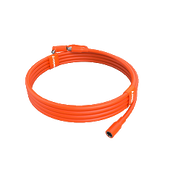

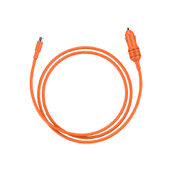

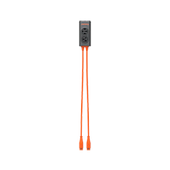
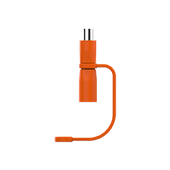
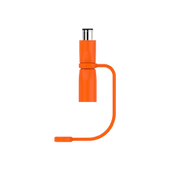


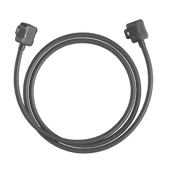
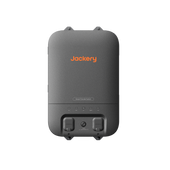
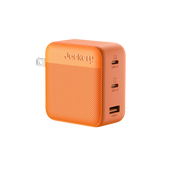
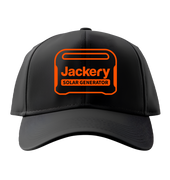



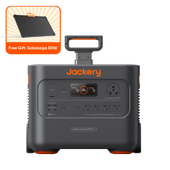
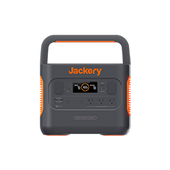
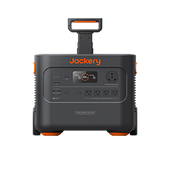
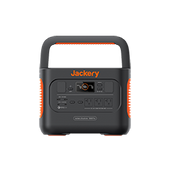
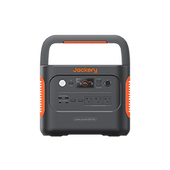
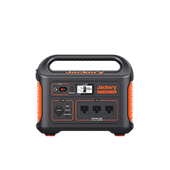
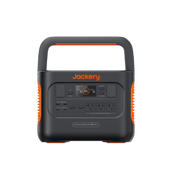
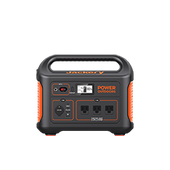
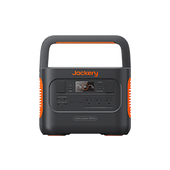
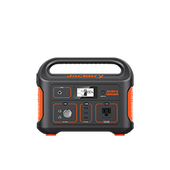
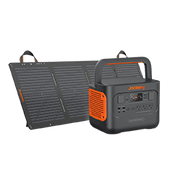
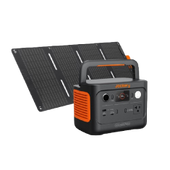
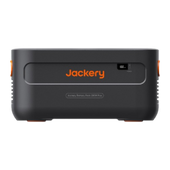
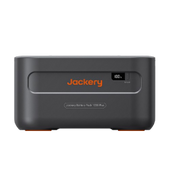

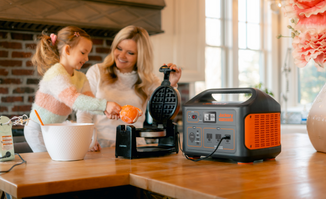
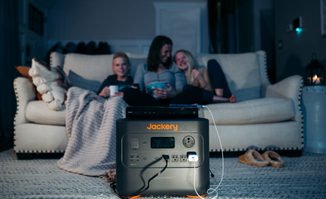

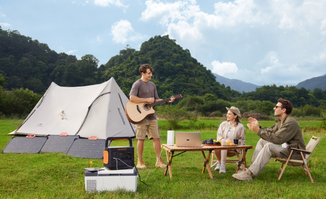
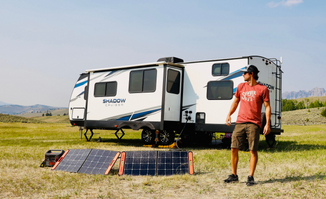





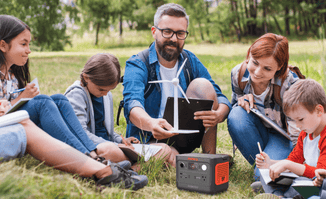
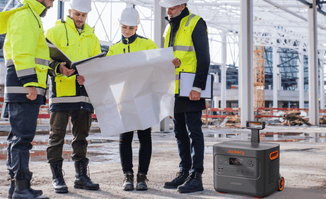

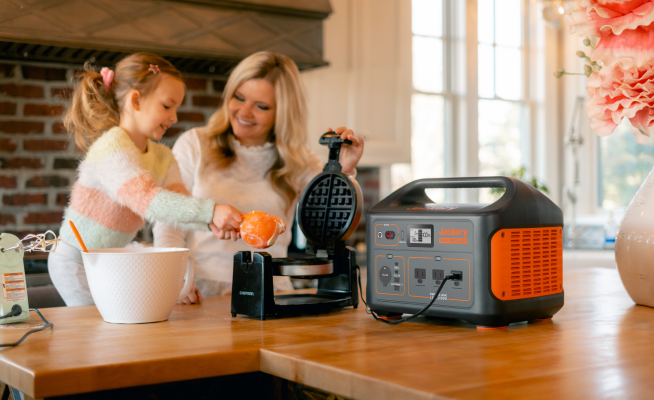


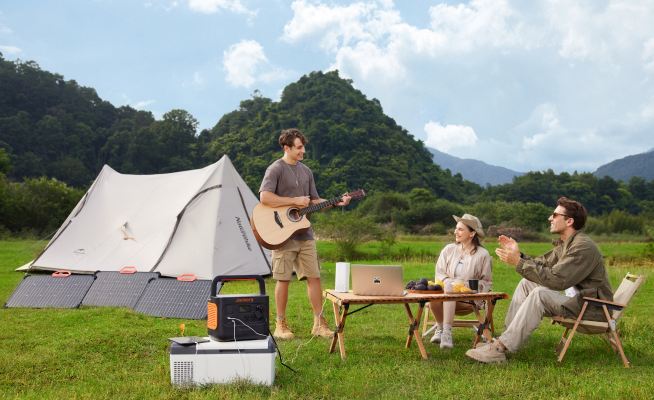
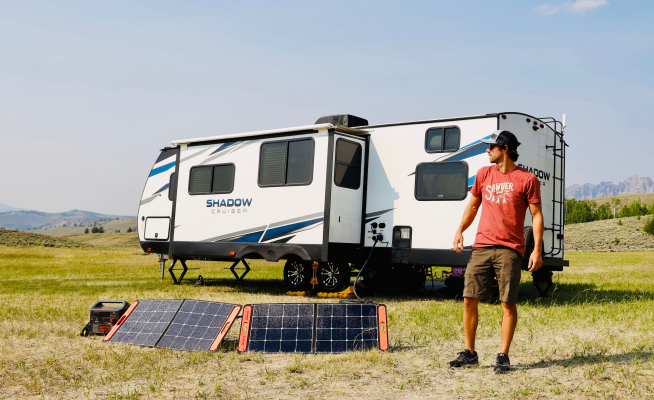

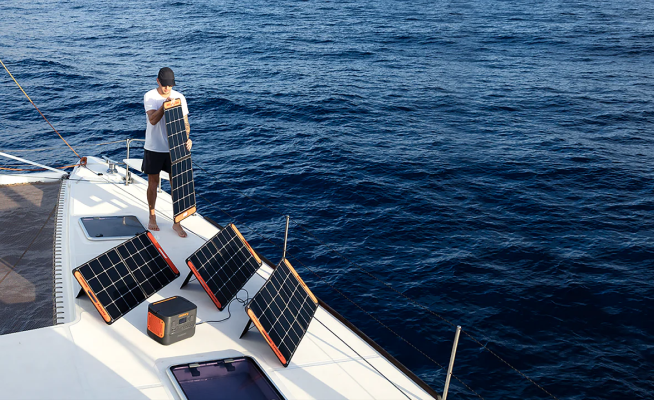
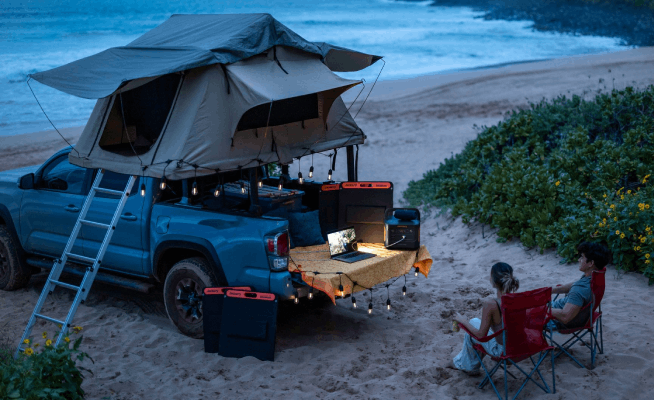
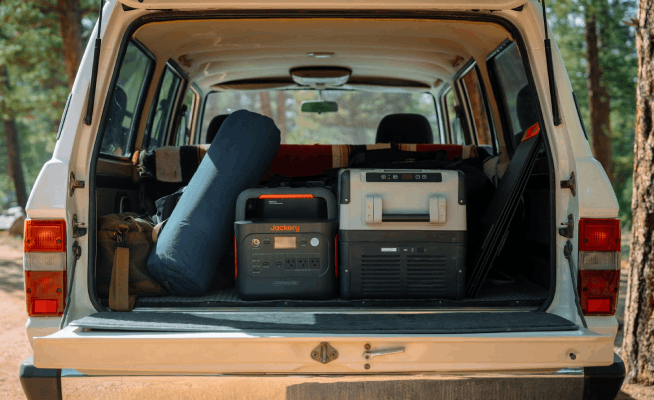
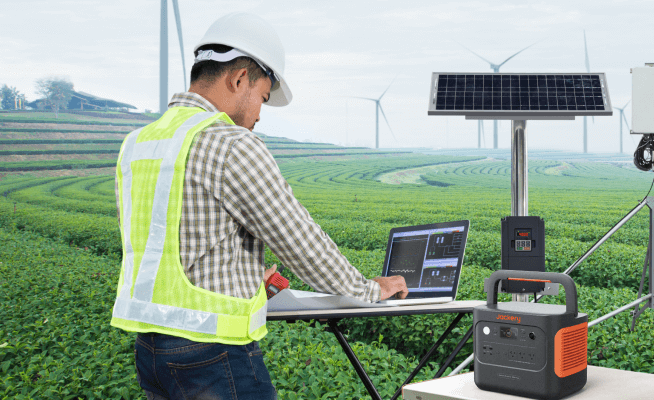
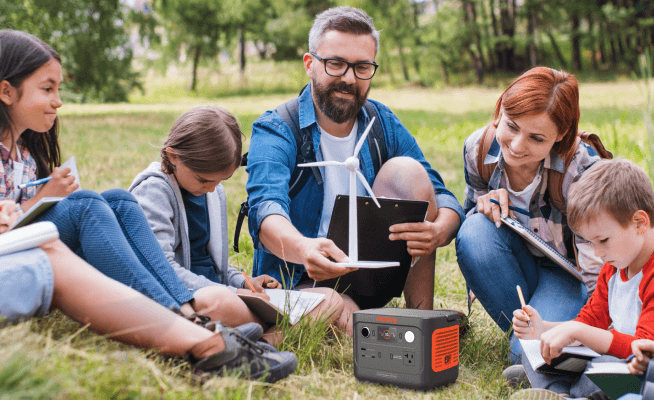
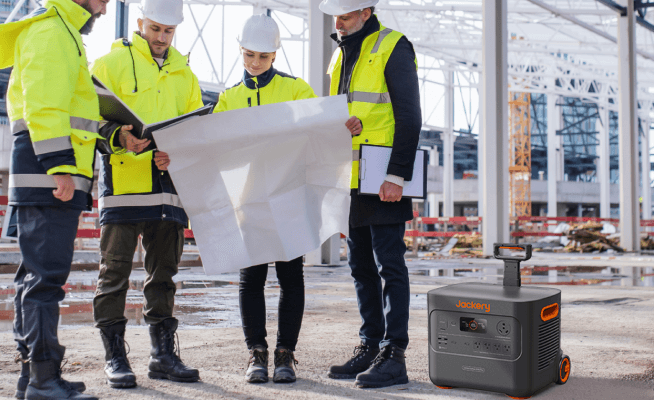














Leave a comment